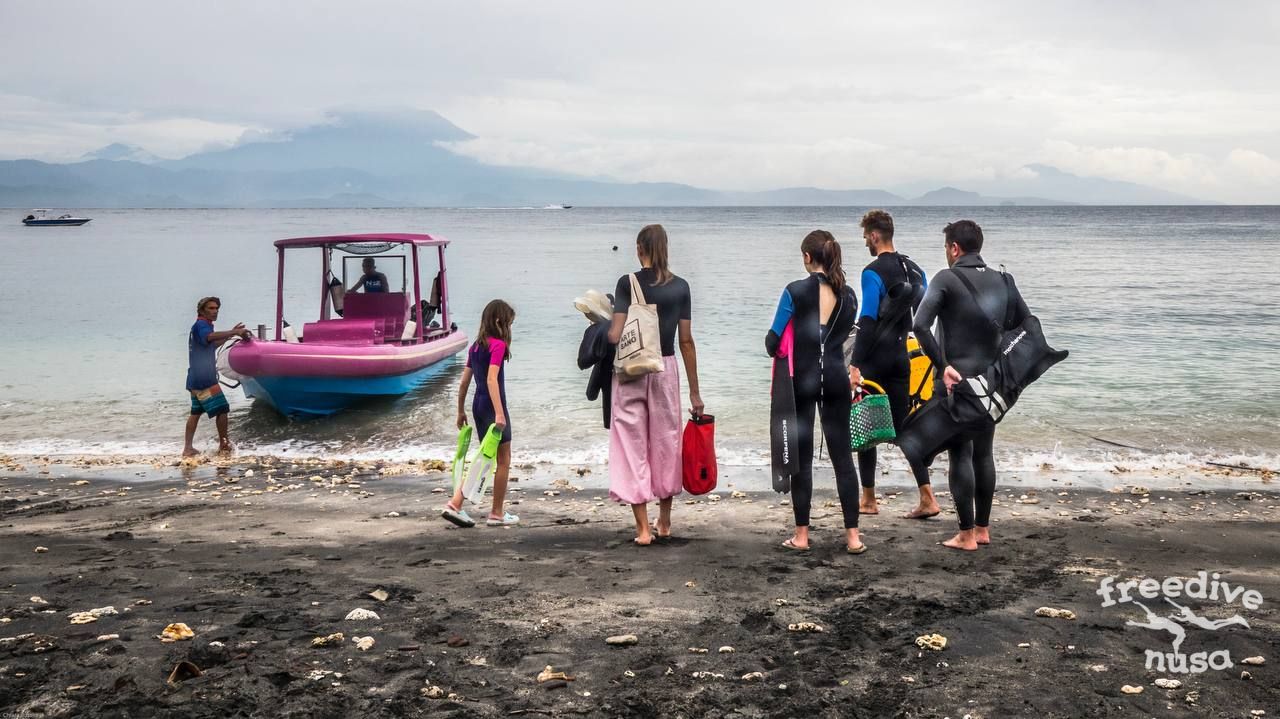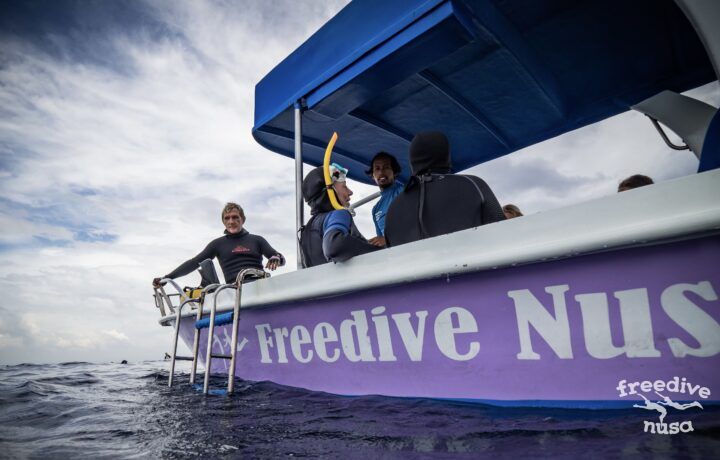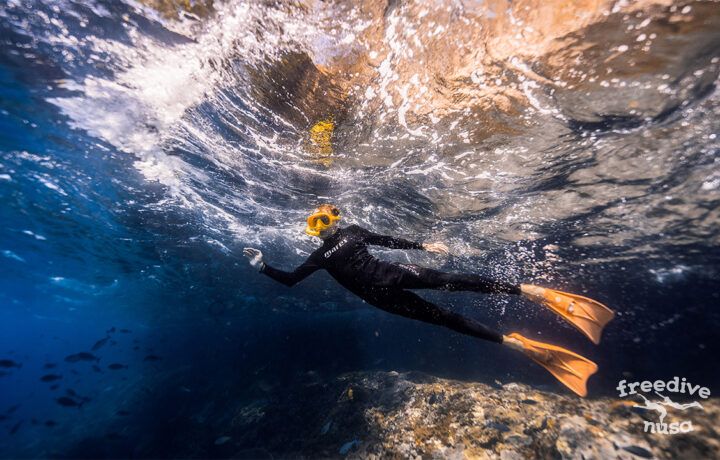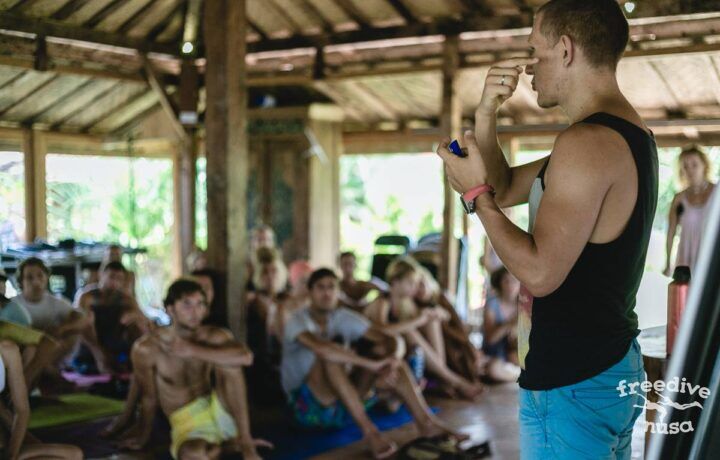There’s nothing worse than arriving at your dream freediving destination only to realize you forgot a crucial piece of gear. Whether you’re training, competing, or simply exploring the underwater world, being unprepared can turn an exciting trip into a frustrating ordeal, especially if you’re in a remote location without easy access to dive shops.
To help you avoid last-minute panic, we’ve compiled a detailed checklist covering everything from core equipment to bonus pro-tips. Pack smart, dive stress-free!
Core Freediving Gear
Before you even think about stepping into the water, make sure you have these essentials:
- Swimwear & Exposure Protection.
A well-fitting wetsuit or rashguard (with pants if needed) keeps you warm and protected. - Fins.
Choose between bifins or a monofin based on your diving style. - Mask & Snorkel.
A low-volume mask improves visibility, while a comfortable snorkel helps with surface breathing. - Dive Computer.
Tracks depth, dive time, and surface intervals. Don’t forget its charger if it’s rechargeable. - Weight System.
A belt with lead weights (or neck weights) ensures proper buoyancy. Check if rentals are available at your destination to save luggage space. - Accessories.
Nose clip, lanyard, socks, gloves, and a swim cap enhance comfort and safety. - Maintenance Items.
Mask defogger and wetsuit lubricant.
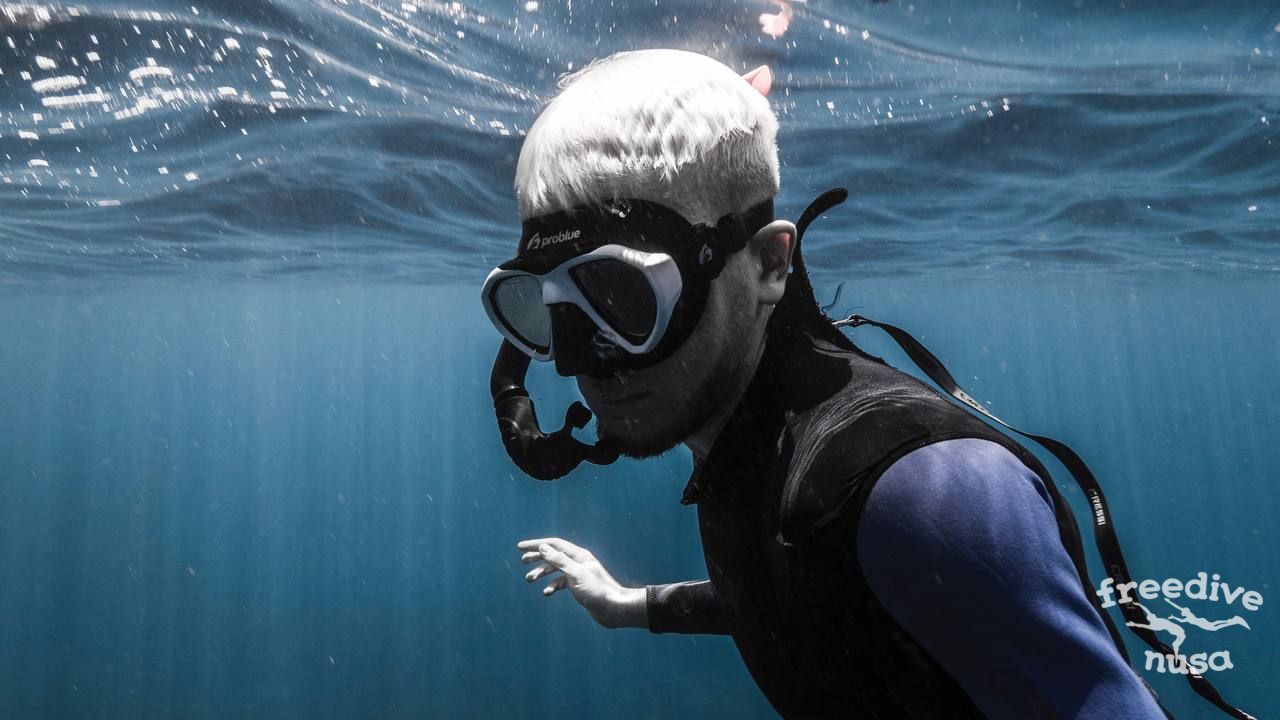
Traveling with Weights
Carrying lead weights can be a hassle. They’re heavy, take up luggage space, and may raise eyebrows at airport security. Instead:
- Rent weights at your destination by contacting a local freediving school in advance.
- Check Facebook groups for secondhand weights sold by departing divers.
- If flying with weights, pack them in checked luggage or wear a neck weight (but be prepared for possible TSA scrutiny).
Secondary Essentials: Don’t Leave Without These
Beyond the basics, these items ensure comfort, safety, and convenience:
- Sun Protection.
Reef-safe sunscreen and zinc oxide (which works immediately and stays put longer). - Post-Dive Care.
After-dive ear spray (½ vinegar + ½ rubbing alcohol) prevents infections. - First Aid & Safety.
A basic kit, seasickness meds, antihistamines, and vinegar spray for jellyfish stings. - Extras.
Quick-dry towel, spare mask/snorkel, insulated water bottle, and a dry bag for valuables.
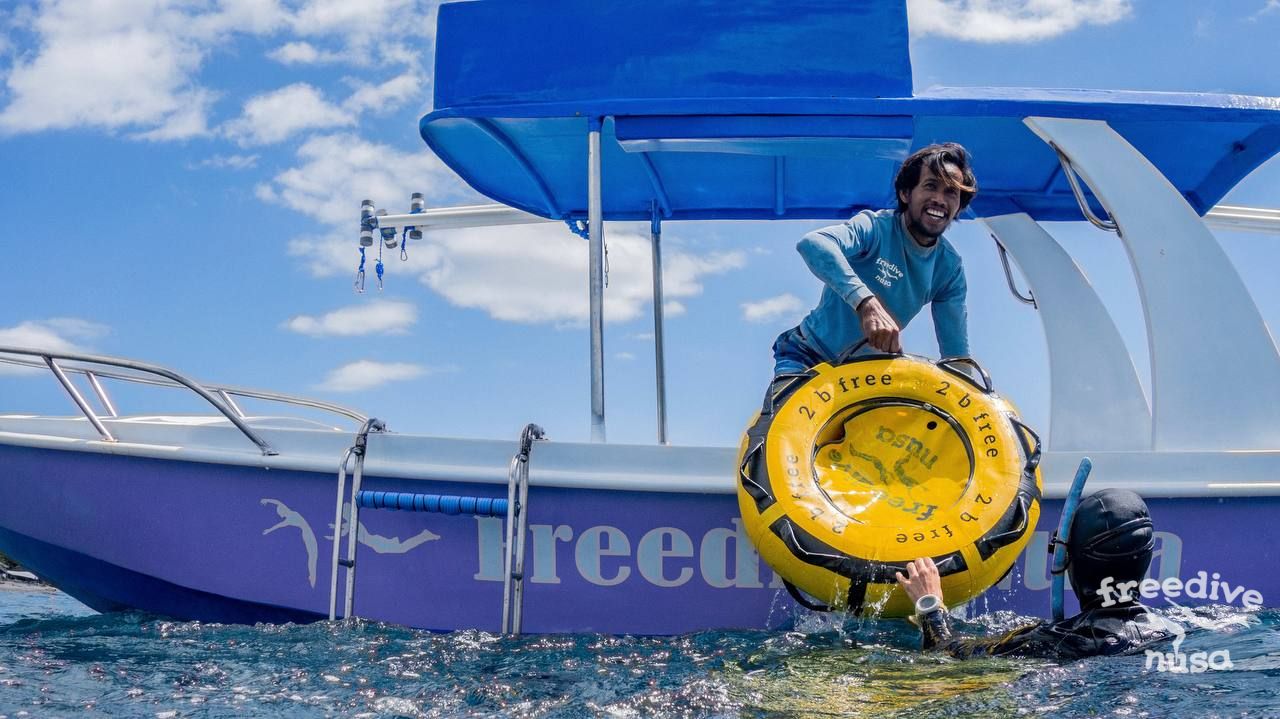
Zinc Application & Removal
Zinc is a freediver’s best friend. It provides instant sun protection without chemicals. For easy removal, use micellar water or a gentle makeup remover. Tinted zinc options are great for avoiding the classic “mask tan” in photos.
Competition & Advanced Gear
If you’re competing or doing serious training, consider these additions:
- Goggles.
Useful for pool sessions. - Surface Marker Buoy (SMB) or Pool Noodle.
Helps with stability during surface intervals. - Silicone Grease.
Keeps fin straps from slipping. - Neck Pillow.
For relaxation between dives.
Buoy & Line Setup
Bringing your own buoy? Don’t forget:
- Buoy, dive line, and surface line.
- Pulley & carabiners (at least two).
- Extra line for securing gear.
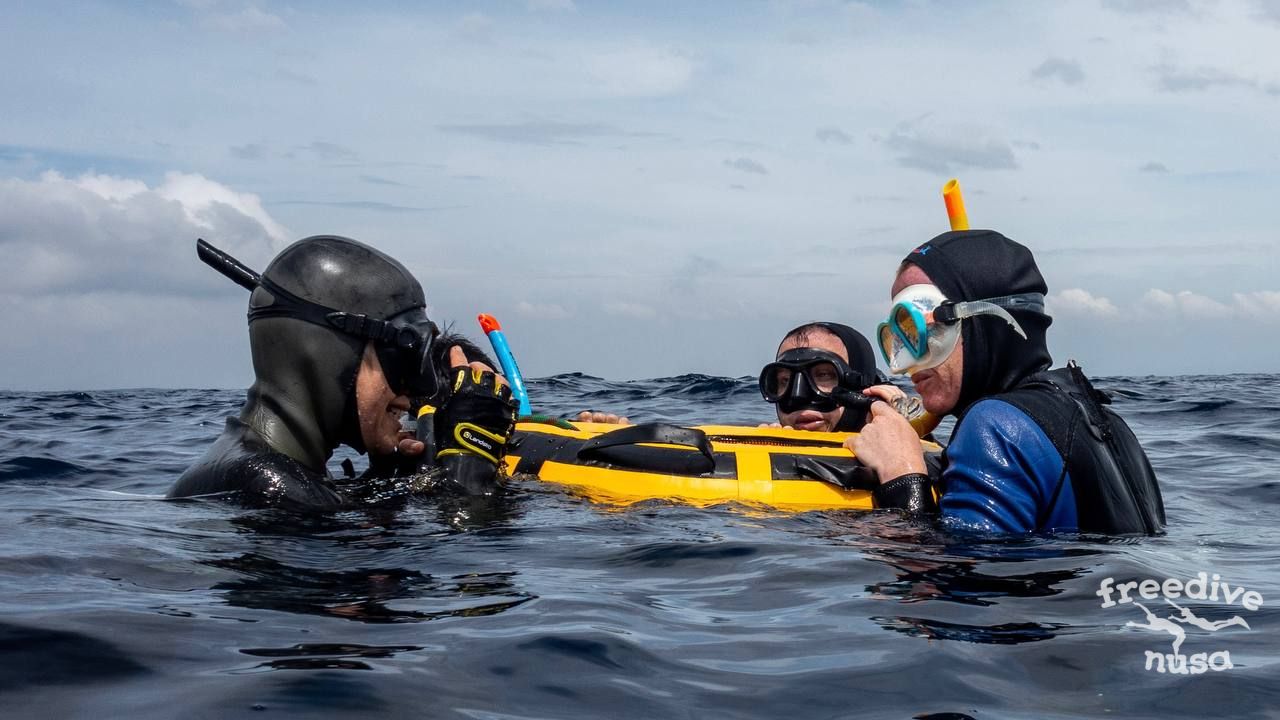
Bottom Weight Solutions
Instead of lugging heavy bottom weights:
- Rent from a dive center.
- Use a kettlebell as an alternative.
- Craft your own with a nylon SCUBA belt and weights.
Underwater Photography Gear
For capturing your underwater adventures:
- Action camera + underwater housing.
- Spare batteries, SD cards, and an external hard drive.
- Lens cleaning kit & backup O-rings.
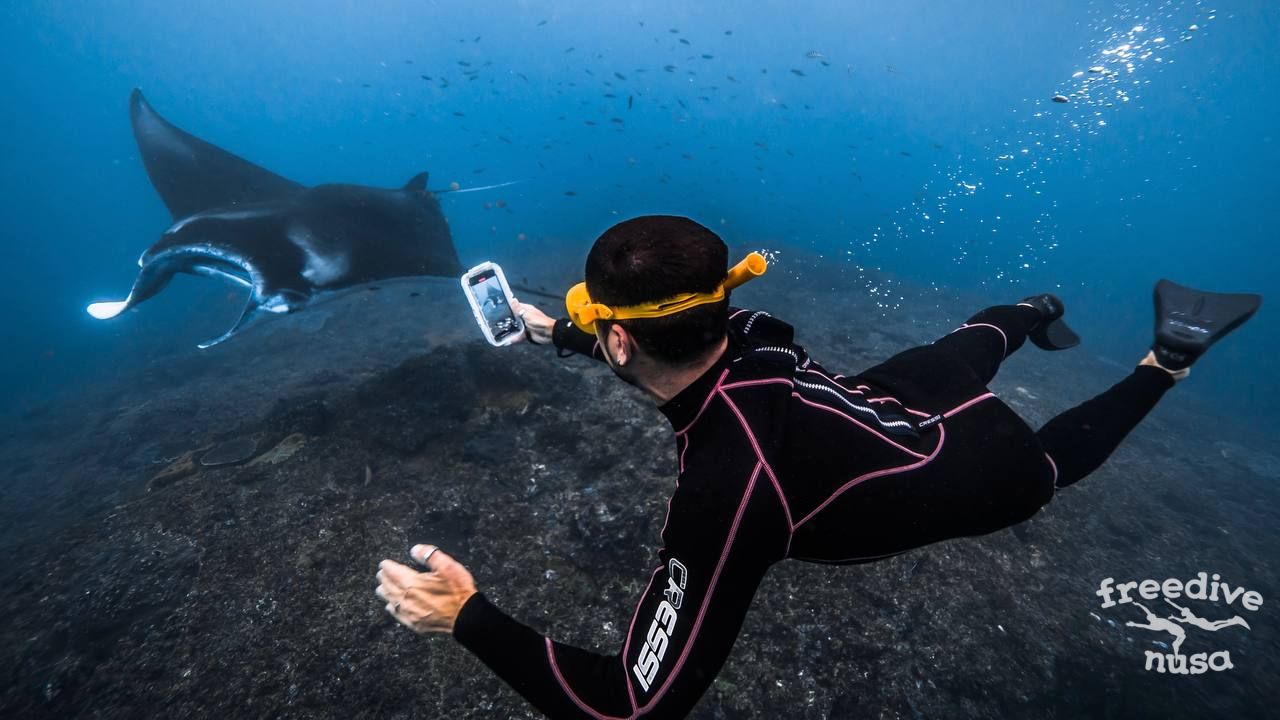
Preventing Water Spots
A natural hydrophobic coating? Lightly lick your lens (then rinse) to minimize water spots for surface shots.
Final Checklist & Smart Packing
Before you zip up your bags:
- Double-check all gear against this list.
- Prioritize reef-safe products to protect marine life.
- Pack efficiently: rent or buy bulky items on-site when possible.
With everything in place, you’re ready for smooth, stress-free dives. Happy freediving!
